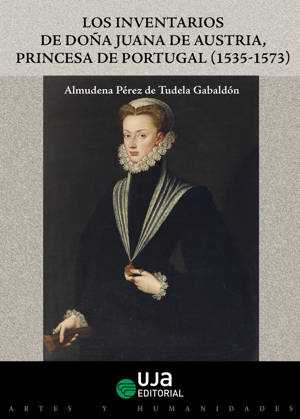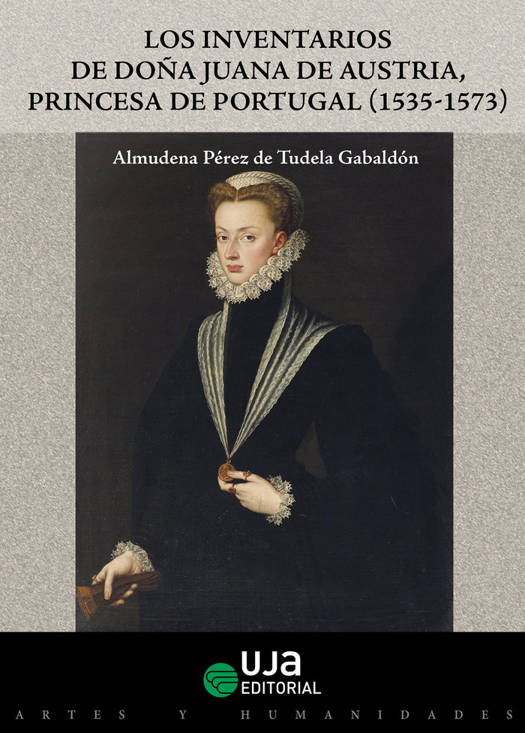
- Afhalen na 1 uur in een winkel met voorraad
- Gratis thuislevering in België vanaf € 30
- Ruim aanbod met 7 miljoen producten
- Afhalen na 1 uur in een winkel met voorraad
- Gratis thuislevering in België vanaf € 30
- Ruim aanbod met 7 miljoen producten
Zoeken
Los inventarios de Doña Juana de Austria princesa de Portugal (1535-1573)
Almudena Pérez de Tudela Gabaldón
Paperback | Spaans
€ 40,95
+ 81 punten
Omschrijving
La princesa Juana de Austria fue una de las coleccionistas y mecenas más importantes en la España de la segunda mitad del siglo XVI. Sin embargo, su figura ha quedado eclipsada por la de su hermano, el rey Felipe II. Al trasladarse la corte a Madrid ocupará unas habitaciones en el palacio al lado de las de las reinas e infantas, para las que constituirá un referente. Durante muchas celebraciones religiosas residiría en sus cuartos del monasterio de las Descalzas Reales, fundado por ella. Para su estudio resulta fundamental el inventario de bienes que se redacta cuando fallece en 1573 que se publica por primera vez de manera sistemática. También se contextualiza con otros destacados documentos como la herencia materna, su ajuar de 1553 o su almoneda parcial, entre otros. Este corpus documental constituye el punto de partida para reconstruir su prácticamente perdida colección. Princess Joanna of Austria was one of the most relevant private collectors and patronesses in the second half of the Spanish sixteenth century. Yet, her figure has been eclipsed by her brother, King Philip II. Upon moving to the Madrid court, she will occupy palace rooms adjacent to those of the Queen?s and the Infantas,? for whom she will set an example. During several celebrations she would stay in her chambers at the Descalzas Reales Convent, which she founded herself. The study of her figure requires considering the inventory of goods drafted upon her death in 1573, an inventory which is now systematically published for the first time. This document is also put into context by means of others, also of great relevance, such as the maternal inheritance, the 1553 dowry, or her limited auction, among others. This corpus of documents sets the point of departure in order to reconstruct her collection, practically lost.
Specificaties
Betrokkenen
- Auteur(s):
- Uitgeverij:
Inhoud
- Aantal bladzijden:
- 704
- Taal:
- Spaans
Eigenschappen
- Productcode (EAN):
- 9788491590941
- Uitvoering:
- Paperback
- Afmetingen:
- 170 mm x 240 mm

Alleen bij Standaard Boekhandel
+ 81 punten op je klantenkaart van Standaard Boekhandel
Beoordelingen
We publiceren alleen reviews die voldoen aan de voorwaarden voor reviews. Bekijk onze voorwaarden voor reviews.











